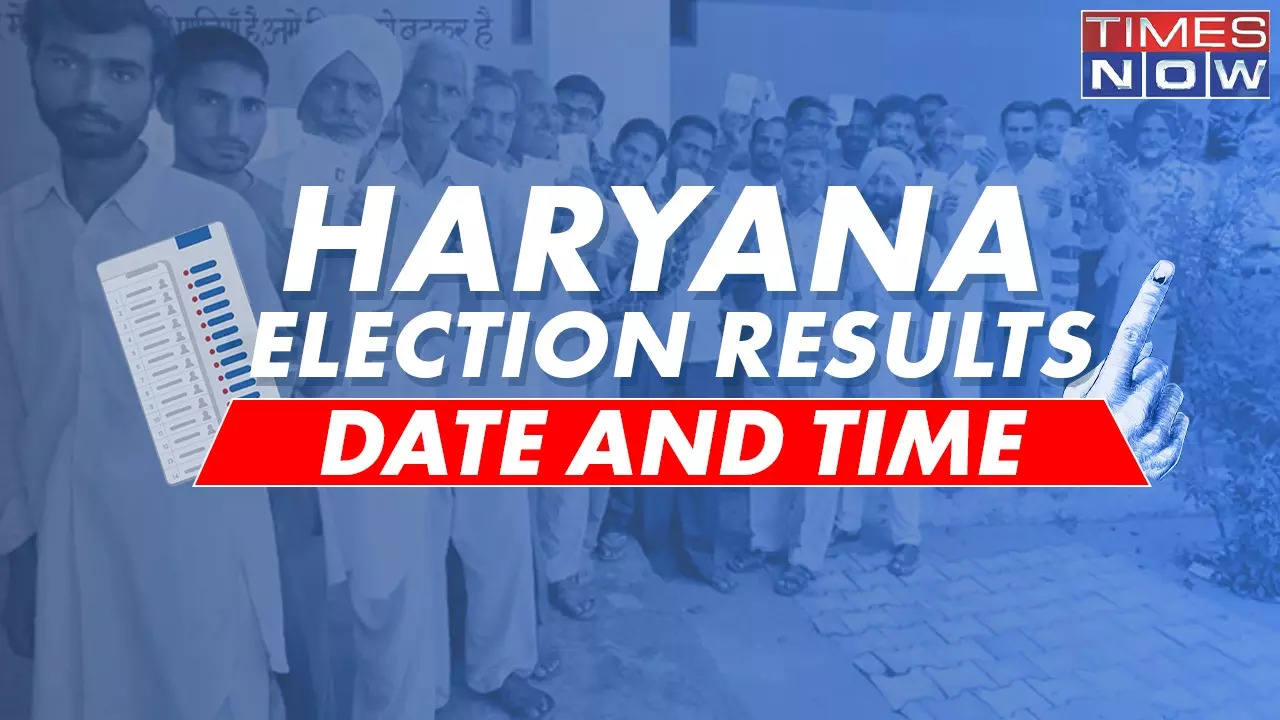
What can I say in response to Kent Grusendorf’s well written op-ed [ “Voucher push benefits public education” ] in Tuesday’s Waco Trib? Grusendorf was elected to the Texas Board of Education when I was just 3 years old. He has written several books and has been published in countless newspapers, whereas I only occasionally write in the Trib. His list of accomplishments and experience in the Texas Legislature goes back decades and I only have a couple of years’ experience serving on a local school board.
I’ll admit there is probably a huge knowledge gap between my way of thinking and his when it comes to public education. So I understand that his view from the top looking down is a lot different than my view looking in the opposite direction. Knowledge gaps aside, as a member of the Waco ISD school board, I do have a responsibility to give a voice to and act in the best interests of the students, parents and teachers in this district.

Sometimes this means responding to opinion pieces that don’t exactly paint a fair picture of school districts across the state. It’s the fairness part that I would really like to focus on when we are talking about education savings accounts, vouchers, school choice, government handouts, parental choice — whatever we are calling them now. First, let me say that I agree with a lot of the points he made.
Like Grusendorf, I think that we need to stop padding the pockets of education profiteers. That might be especially true for those folks making large contributions to the campaigns of legislators supporting school choice. I also agree that “we must put the power where it belongs — with our teachers and parents.
” So please allow me to respond as both a parent and a former teacher. I taught accounting for nine years in Waco ISD and one of my “other duties as assigned” was overseeing our school’s volunteer income tax assistance site. Every year our IRS-certified students prepared tax returns for the people of our community — at least 2,000 to 3,000 per year while I was there.
While our main focus was the elderly and low-income families, we never turned anyone away. Our program was so successful that in my final year teaching, Charles Rettig, then the commissioner of the IRS, hopped on a Zoom call to personally thank my students for their work in our community. Before any of the tax returns could be e-filed, a teacher had to review it with the taxpayer, meaning I had to review a lot of tax returns.
Tens of thousands of them. That’s a lot of conversations with families concerning their annual income. I’ll remind you that close to 90% of our students are economically disadvantaged, so some of the most shocking returns I saw were those of low-income families or single-parent households who were working multiple minimum wage jobs, trying to pay the bills and trying to raise kids on $30,000-$40,000 a year.
The question you end up asking yourself over and over again is, “How do they do it?” Having said that, I would like to offer a look at what school choice looks like from a different point of view. What is a single parent or a low income family going to do with a voucher that won’t cover the full cost of a private school for their kids? If their kids ride the bus, how are they going to get to school in the mornings and back home safely at night? If their kids eat breakfast and lunch at school, what will they eat now that they are at a private school? Are those fair questions to ask on parent’s behalf? This is where I would like some help clearing up my confusion about the benefits of school choice. For poor parents who can’t afford the additional costs associated with private schools, where is their choice? For their kids, where is the “freedom to learn where they learn best”? I am sure at some point over the last few years, you or someone you know has complained about rising food costs, rising insurance costs, rising transportation costs and rising energy costs.
These have hit households across the country pretty hard, especially those living on shoestring budgets. School districts are no different. Like most other districts across the state, we had to make massive cuts from our budget this year.
Not because of “financial mismanagement,” as Grusendorf claims, but because we want to continue to make sure our students can eat when they are hungry, have a ride to school when they need one, and can sit in a warm classroom when it gets cold outside. We are making sacrifices so that our kids get all the things they need before we even start educating them. Our buildings aren’t lavish as Grusendorf claims, either.
The current Waco High School is 63 years old and had 2,161 maintenance requests in the 2020-21 school year before the bond was passed. G.W.
Carver was almost 70 years old, Kendrick was 72 years old and Tennyson was 63 years old. (Thanks again, Waco voters!) And while I do appreciate him trying to spin that money from federal and state grant dollars is the same as local taxpayer dollars, it is simply not true. Workers guide steel framing into place for the new Kendrick Elementary School, replacing the previous 72-year-old structure.
It was approved by district voters as part of $355 million bond package in 2021. While I have many arguments against vouchers, I am not unrealistic about the whole thing. I am sure that some form of them will pass this session.
Where Republicans and Democrats that I have met with recently find common ground is in their disagreement with the governor’s approach. Last November, he stated that any school funding bill that made it to his desk that didn’t include his vouchers would be vetoed, and lawmakers would have to start all over again. I am all for compromise.
I am all for building on common ground, but how can people work together when the person running the show has a Veruca Salt attitude? Look for him to be even more emboldened this time around now that he has the votes. Maybe while he’s handing out school vouchers, he can offer every person with a valid Texas driver’s license a “transportation voucher,” $10,000 that can be used for the purchase of a new Mercedes. Any one you choose.
Lastly, when it comes to properly funding public education, I wish Texas lawmakers weren’t always so quick to throw out the big numbers being spent on education and contrasting it with a district’s accountability ratings (a scoring system that changes every few years) to help fit whatever narrative they are pushing. It is a very effective tool for grabbing people’s attention and leaving them with some good talking points. For example, did you know that when it comes to state spending on education, Texas trails the national average by over $4,000 per student, earning an “F” rating and ranking it 44th in the nation in per-student spending? If this was a classroom walkthrough, we would definitely have to check the box marked “needs improvement.
” We can do better. Our kids deserve better. WATCH: Teachers sign the last steel beam before its installation Thursday, Aug.
8, 2024, at the new Kendrick Elementary School in Waco ISD. Catch the latest in Opinion.














